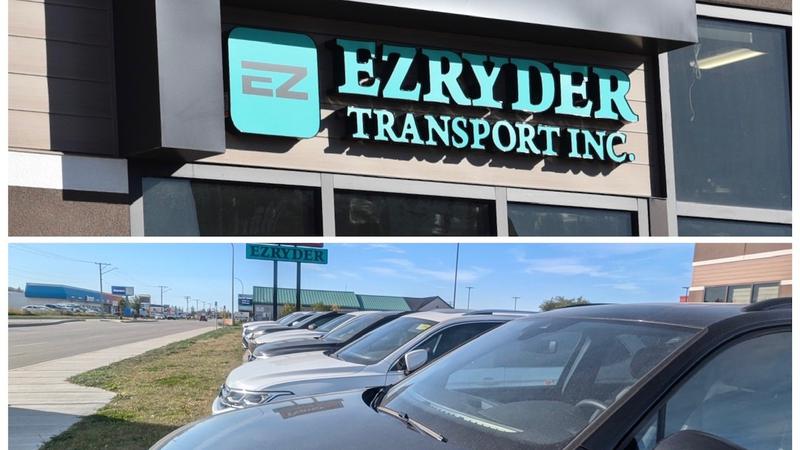
“A preoccupation with failure.” Why the Titan submersible was doomed from the start
HALIFAX — The company behind the submersible that imploded during a recent dive to the Titanic ignored key principles that guide organizations working in high-risk environments, experts in emergency management say.
Jack Rozdilsky, a professor at York University in Toronto, says OceanGate’s business — ferrying paying passengers to the floor of the North Atlantic — could be compared to the immensely risky work of companies that launch space flights, drill for offshore oil, fight wildfires or operate nuclear power plants.
“These are high-reliability organizations (HROs) that operate in complex, high-hazard domains for extended periods of time without serious accidents or catastrophic failures,” Rozdilsky, a professor of disaster and emergency management, said in a recent interview. “OceanGate does not appear to have functioned as a high-reliability organization.”
The professor cited three key attributes shared by HROs:


